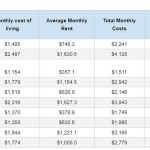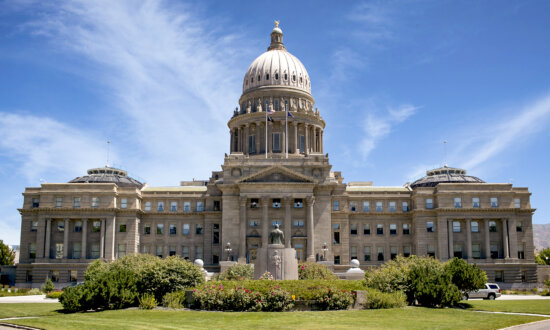Harvard University posted a $10 million operating loss in fiscal 2020 and said it’s likely revenue will decline for a second straight year due to the Covid-19 crisis.
That would be a first for the school since the 1930s, Harvard said in its annual financial report Thursday, adding that measures including coronavirus testing and tracing and reconfiguring classrooms and dorms have driven up costs.
“The financial effects on Harvard from the onset of the pandemic in March of this year were significant and sudden,” Thomas Hollister, vice president for finance, and Treasurer Paul Finnegan said in the report. “The hardest part likely lies ahead with ongoing challenges” from the virus, they said.
Higher education has been hit hard by Covid’s economic fallout as schools have been forced to empty campuses, offer courses remotely and close facilities. That has led to a sharp drop in enrollment across the U.S., especially among first year students. Yet even with the bleak outlook, Harvard said its net assets increased by $893 million to $50.2 billion as of June 30 due to the strong performance of the endowment under N.P. “Narv” Narvekar.
The endowment, valued at $41.9 billion, returned 7.3% in the last fiscal year and distributed $2 billion of revenue for university operations, according to the report.
The endowment’s investments in public markets outperformed benchmarks while many less liquid investments that weighed down returns have been sold, with more sales possible in the next two years, said Narvekar, chief executive officer of Harvard Management Co.
“After three full fiscal years of hard work, we are beginning to see the benefits of the ongoing transition,” he wrote. Narvekar was hired in 2016 from Columbia University to turn around the endowment’s performance.
He said that in fiscal 2020 higher risk assets garnered higher returns and that he’s working with the university administration to calibrate the appropriate risk to take for the future.
“Determining risk tolerance is the fundamental and critical question, yet to be answered,” he said in the report. “Simply put, it is a tradeoff between higher returns and more long-term growth in the endowment versus having a less volatile University budget.”
Here are some additional highlights from the report:
- Public equities were endowment’s best performer at 12.2%. Hedge funds gained 7.9%. Natural resources and other real assets lost money.
- The endowment’s distribution to the university increased 5% to $2 billion.
- Gifts received from alumni foundations totaled $478 million, representing about 9% of university operating revenue.
- Total student revenue fell 11% to $1.1 billion.
- Board and lodging revenue fell 16% to $164 million, mainly driven by $32 million in refunds to students and families for the half of the semester when the pandemic first hit.
© Copyright 2020 Bloomberg News. All rights reserved.












